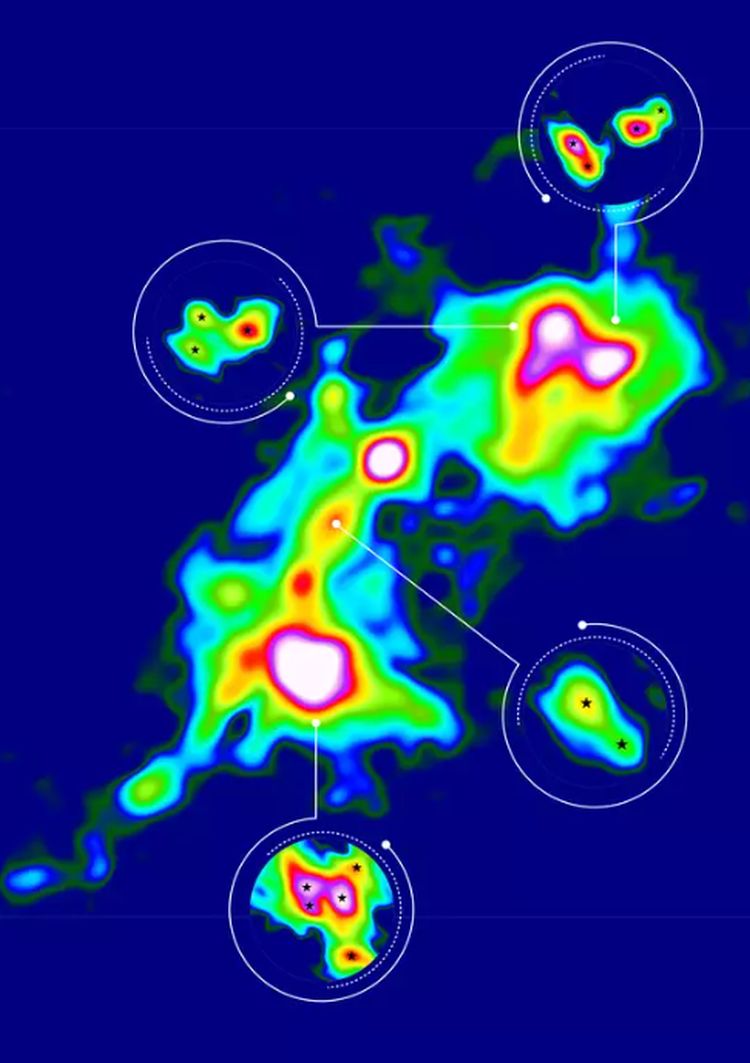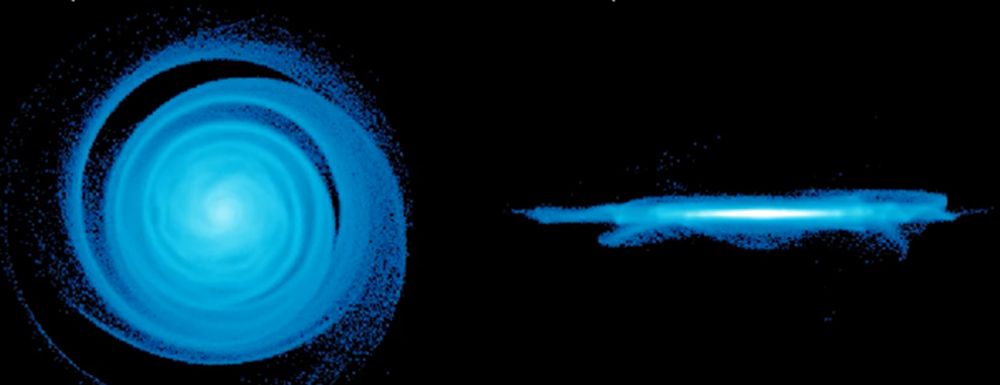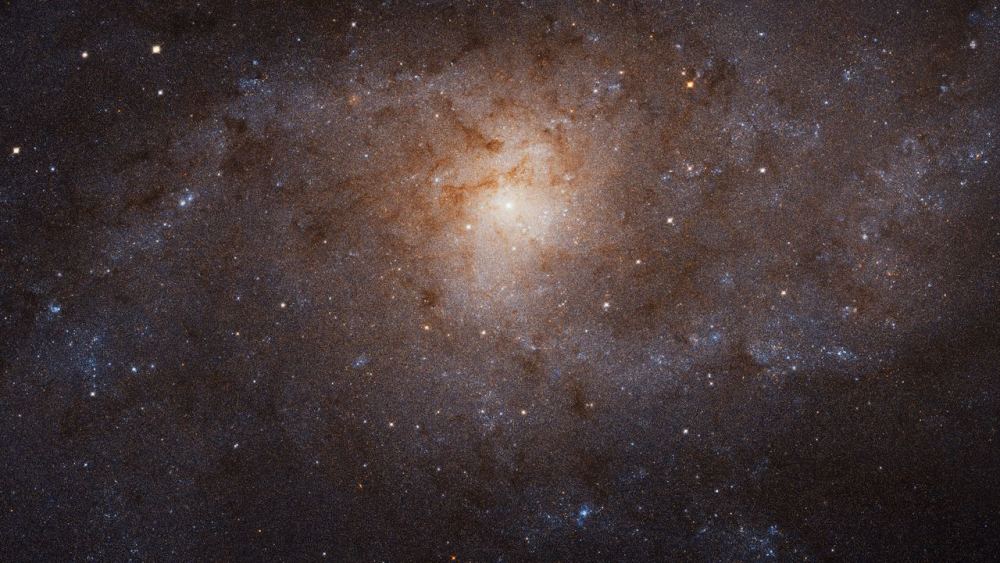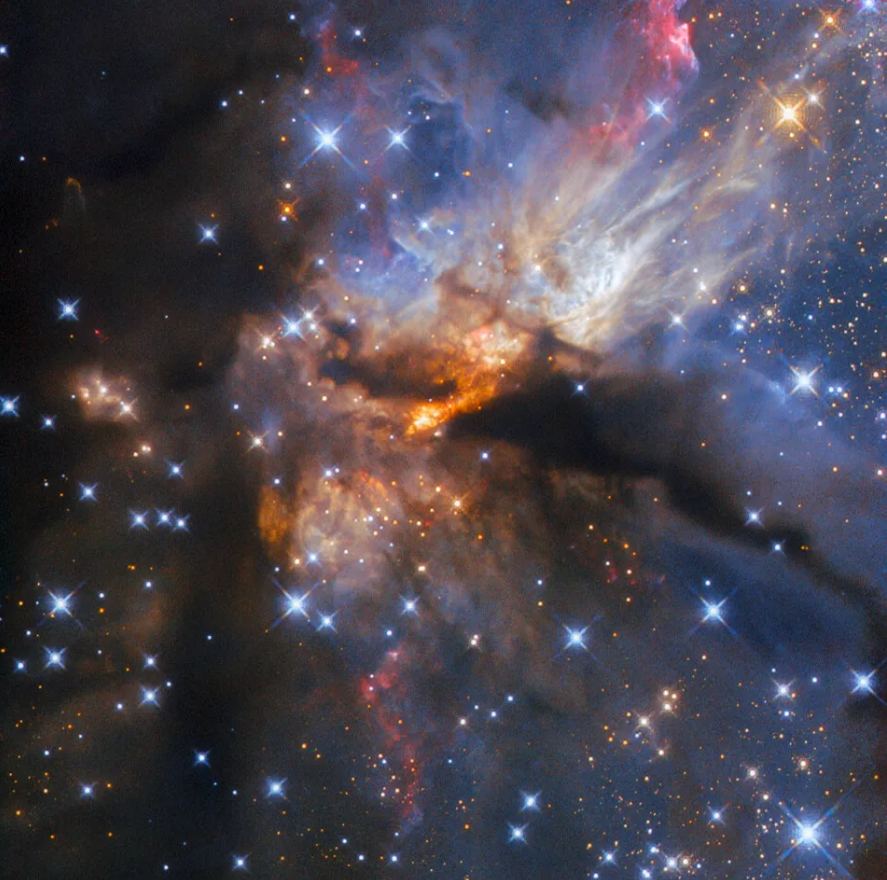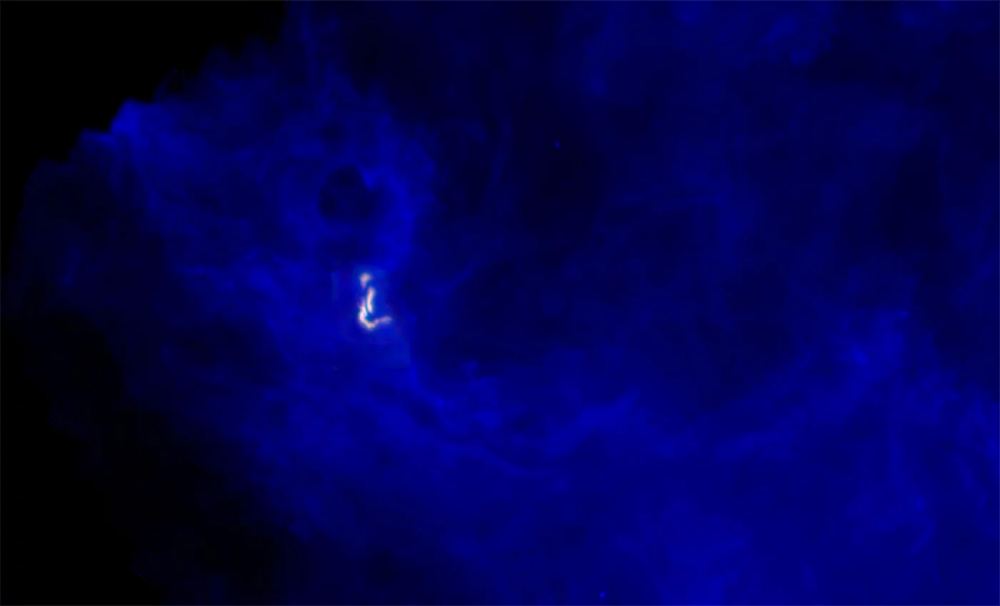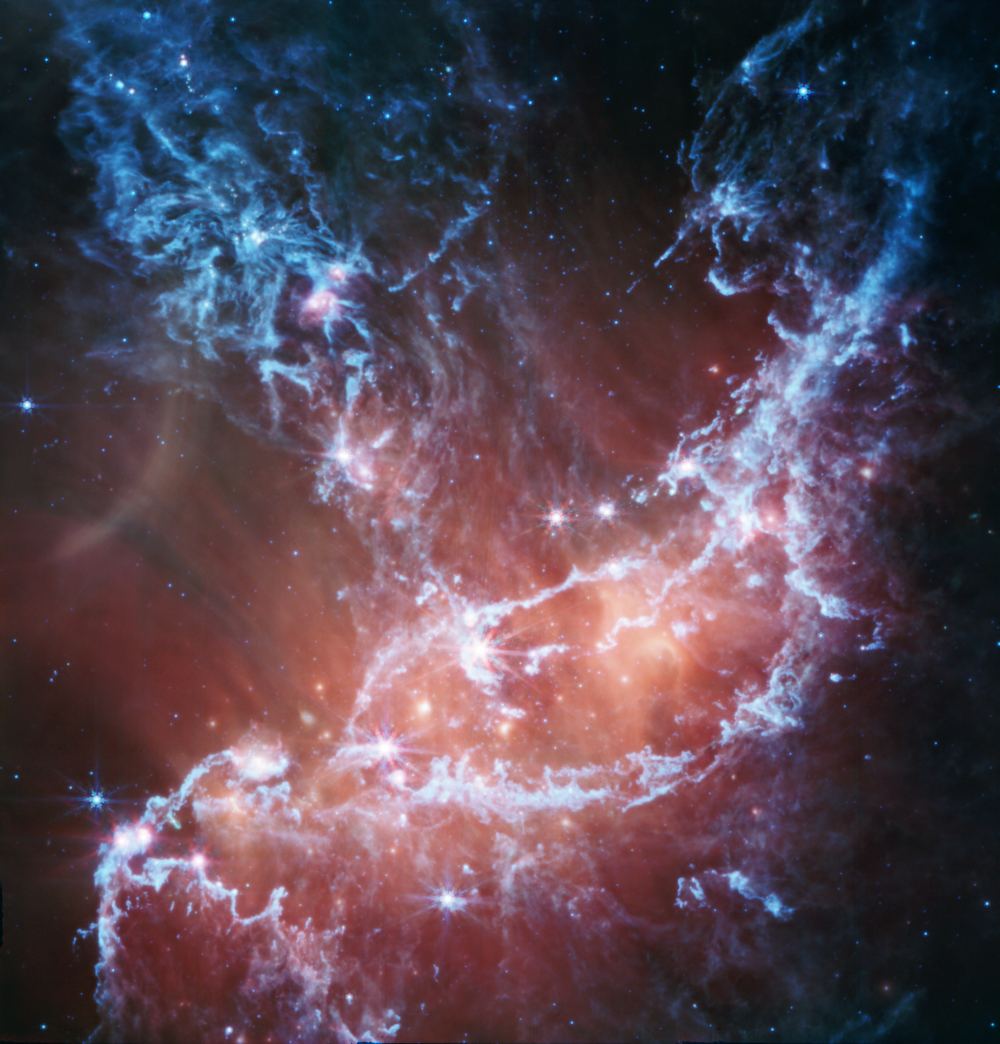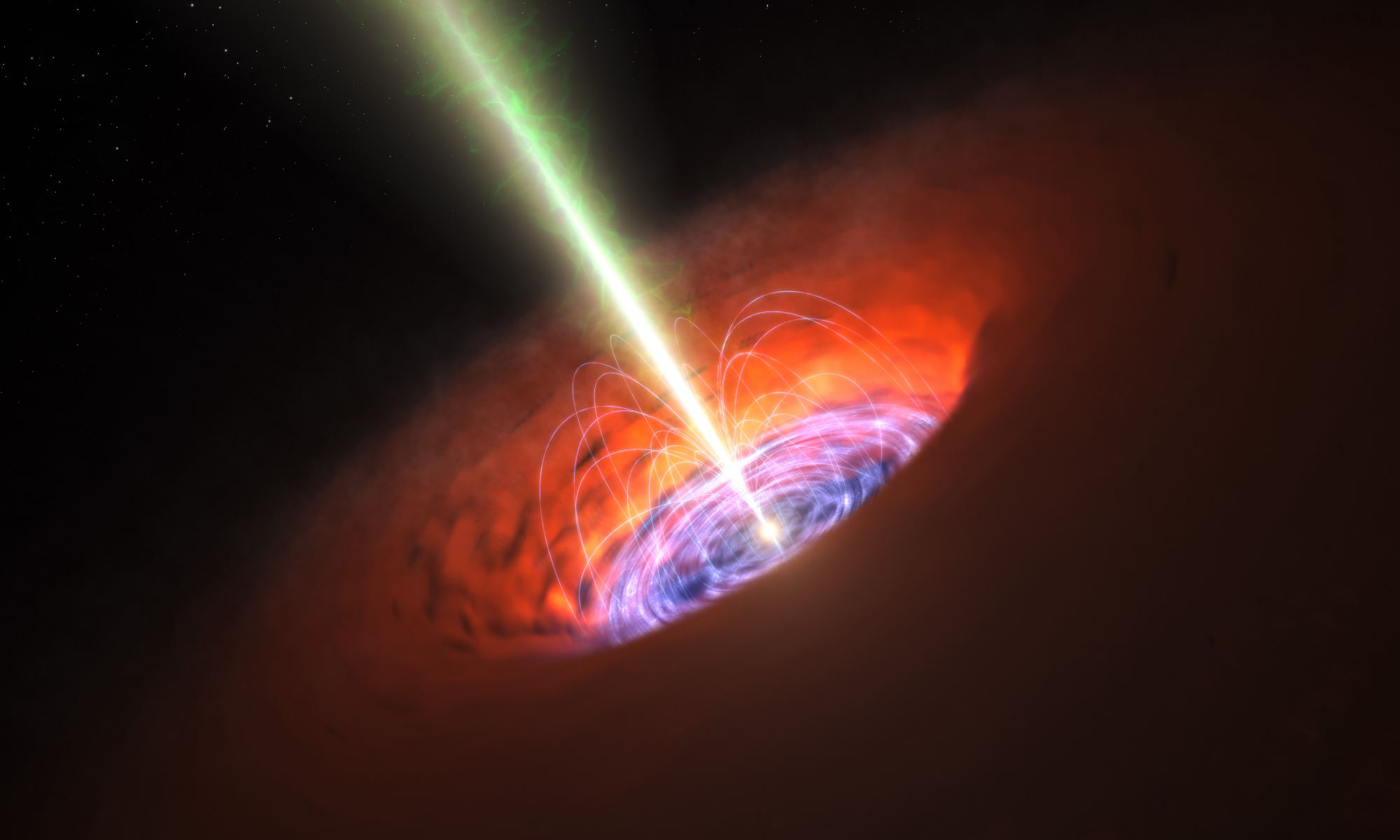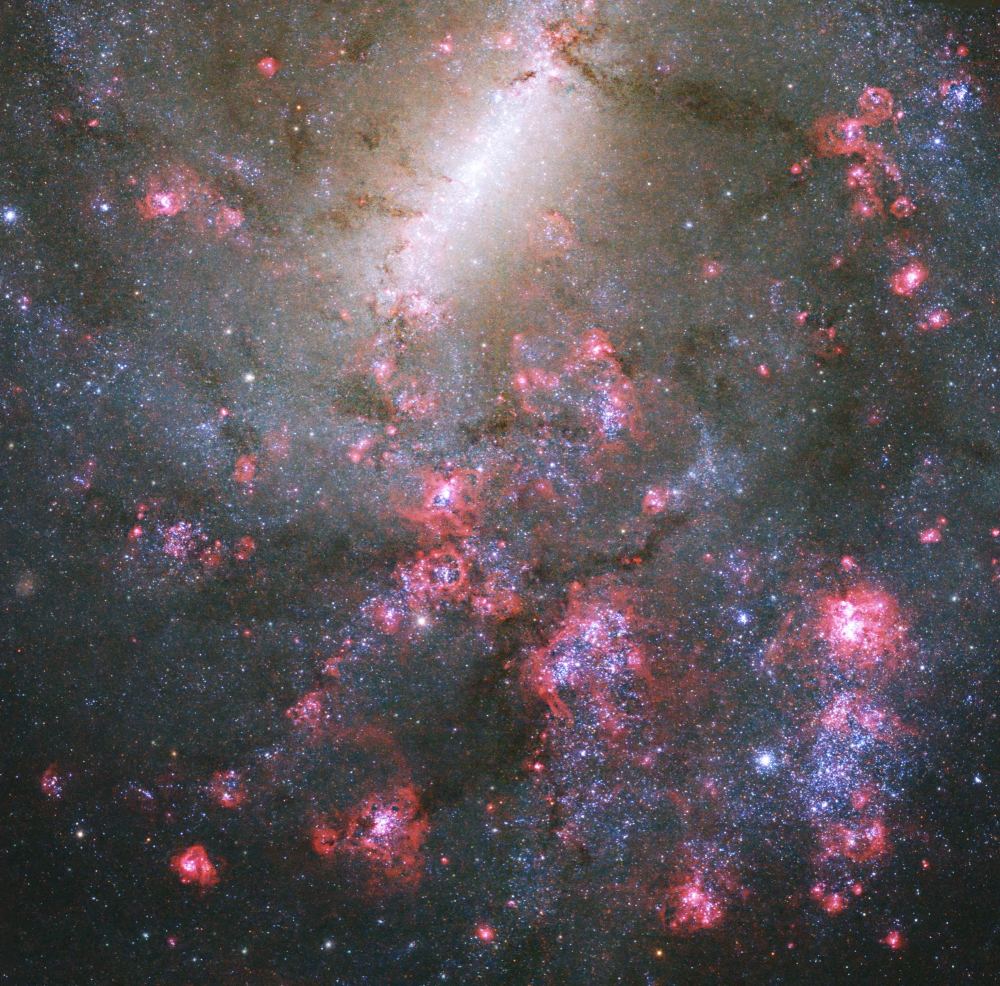All stars form in giant molecular clouds of hydrogen. But some stars are extraordinarily massive; the most massive one we know of is about 200 times more massive than the Sun. How do these stars gain so much mass?
Part of the answer is that they form in multiple star systems.
Continue reading “Astronomers See Massive Stars Forming Together in Multiple Star Systems”
